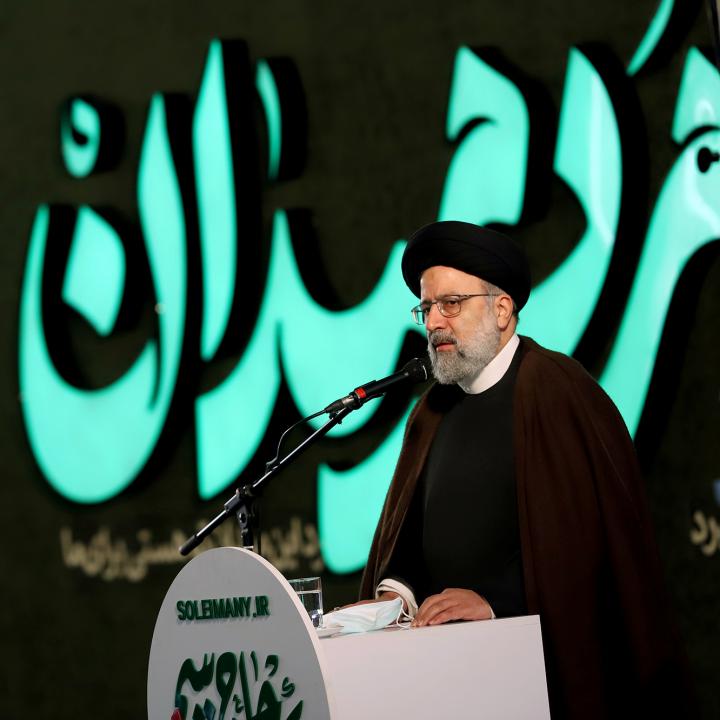

Mass support for reformists has disappeared among Iran’s severely disenchanted electorate, leaving Hemmati and his circle with little means of avoiding dismal turnout and vote tallies.
In Iran’s 2017 presidential election, Ebrahim Raisi won 38% of the vote in a losing effort; this year, he won 62%. That may sound impressive at first, but assessing these numbers in isolation is profoundly misleading.
Raisi barely increased his popularity; what happened was a major drop in voting (and, to a lesser extent, a natural increase in population and, by extension, eligible voters). In 2017, over 41 million Iranians voted, or 73% of the electorate. This year, less than 29 million voted, or just 48% of a larger electorate. So while Raisi won 62% of this year’s cast votes, his share of support among the overall electorate barely budged when one factors in the millions of eligible voters who stayed home this year. Viewed through that lens, his support rose only 2 percentage points, from 28% of the electorate in 2017 to 30% this year.
Not only did participation drop by 25 points, but the share of people casting blank ballots—“white ballots” in Iranian terms, which are universally regarded as protest ballots—rose 4 points, from 2% of the electorate to 6%. Put one way, that means a full 13% of those who voted chose to cast a white ballot rather than pick between the candidates on offer; put another way, 58% of the overall electorate did not cast a vote for president, even if some of them submitted a ballot. That is much worse than what happens in U.S. presidential elections, which are internationally renowned for their low turnout. The situation was even grimmer in Iran’s big cities; in Tehran, turnout plunged below 30%.
Had the share of people voting and the share of white ballots stayed the same as in 2017, many of the additional votes would likely have gone to the lone remaining semi-reformist candidate, Abdolnaser Hemmati. Instead, he received votes from less than 2% of the electorate—a striking and humiliating result for any Iranian politician who positions himself (however implausibly) as a reformer.
In past elections without an incumbent, voters tended to make a last-minute swing in favor of an outsider candidate (Mohammad Khatami in 1997, Mahmoud Ahmadinejad in 2005, and Hassan Rouhani in 2013). The final days of those campaigns showed a massive mood shift, making the results entirely different from what had been expected. That did not happen this time.
Hemmati ran a decent campaign—certainly much better than Raisi’s tepid performance. Hemmati addressed the matters people care about most, mostly the economy and to some extent social issues. By contrast, listening to Raisi talk about economics was painful; he proved he knows nothing about the subject.
What has changed is that mass support for reformists in Iran has disappeared, at least for this year. Given the country’s sociopolitical dynamics since 2017 and the regime’s particularly severe disqualification of candidates before the campaign, few people had any expectation that voting for a reformist could make any difference, in contrast to past election cycles. Hemmati and his circle therefore had to fall back on trying to convince voters that they are the lesser of two evils—never a strong motivator when it comes to boosting turnout.
Patrick Clawson is the Morningstar Senior Fellow and director of research at The Washington Institute.



